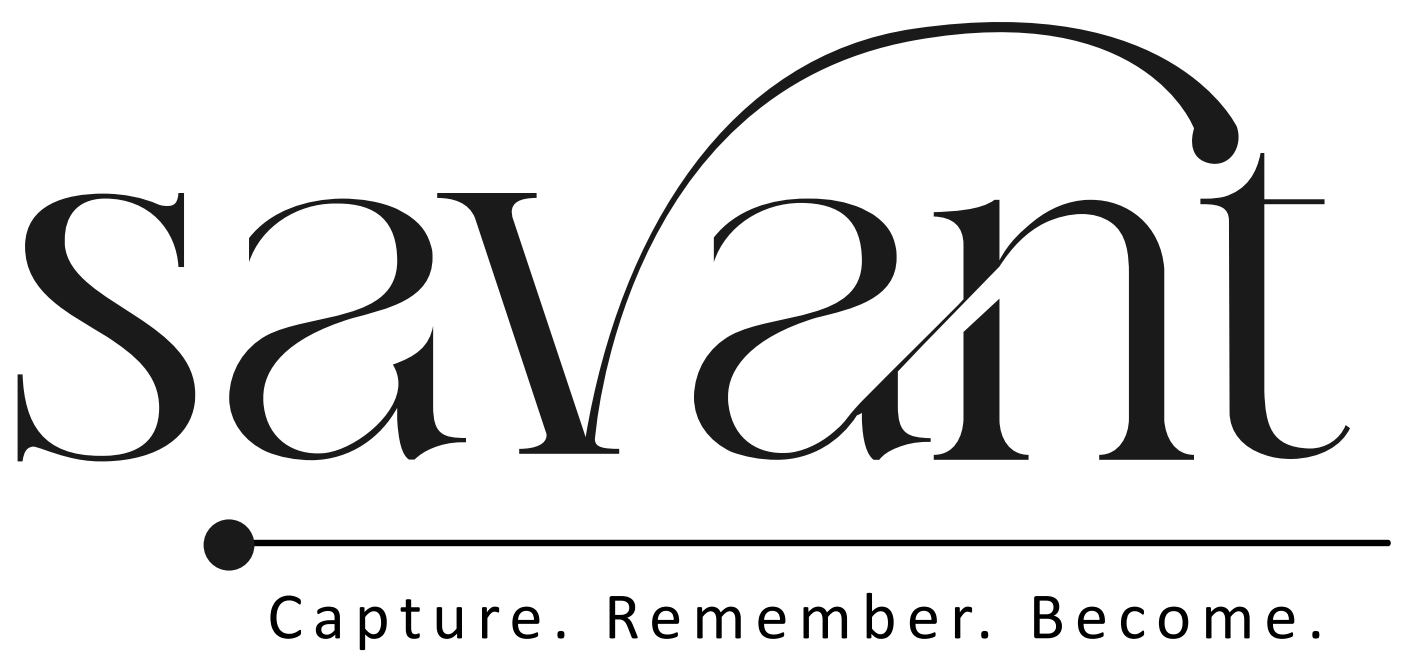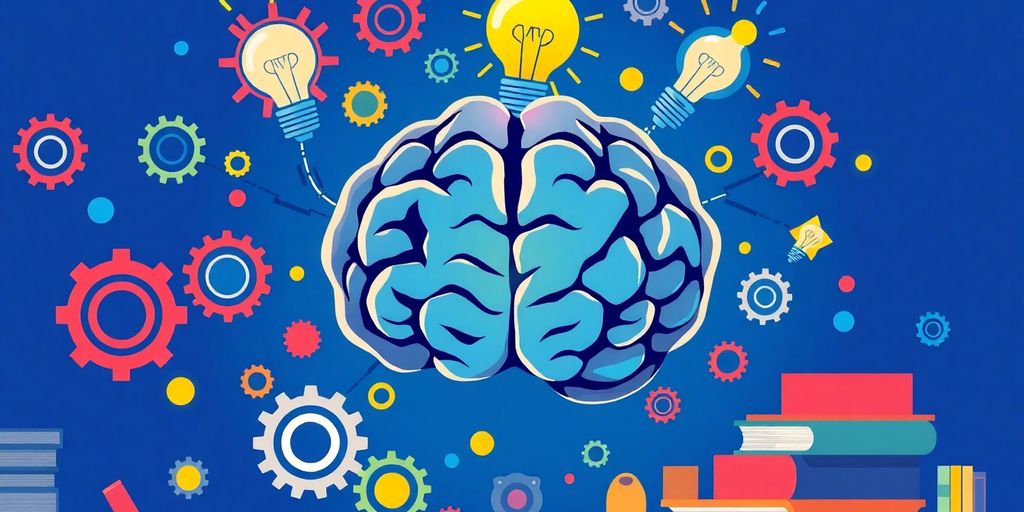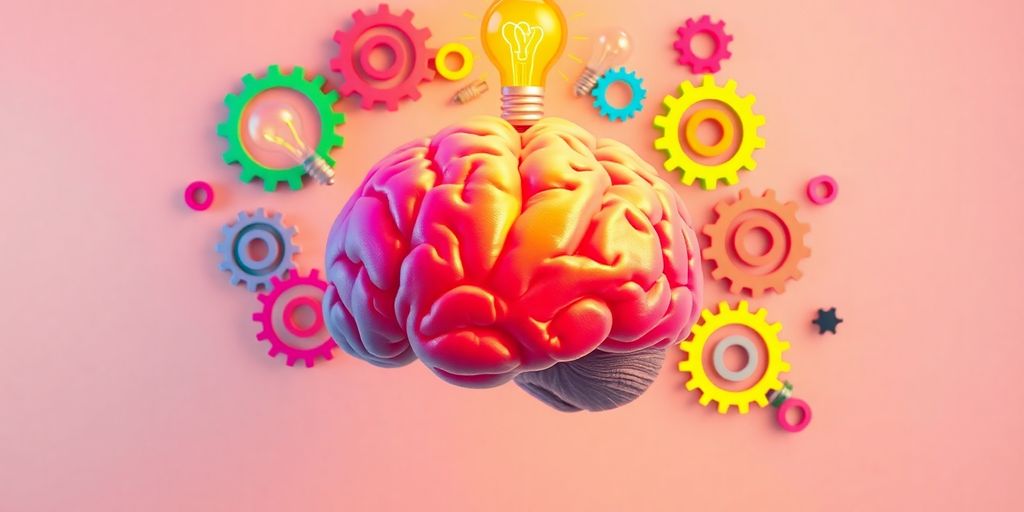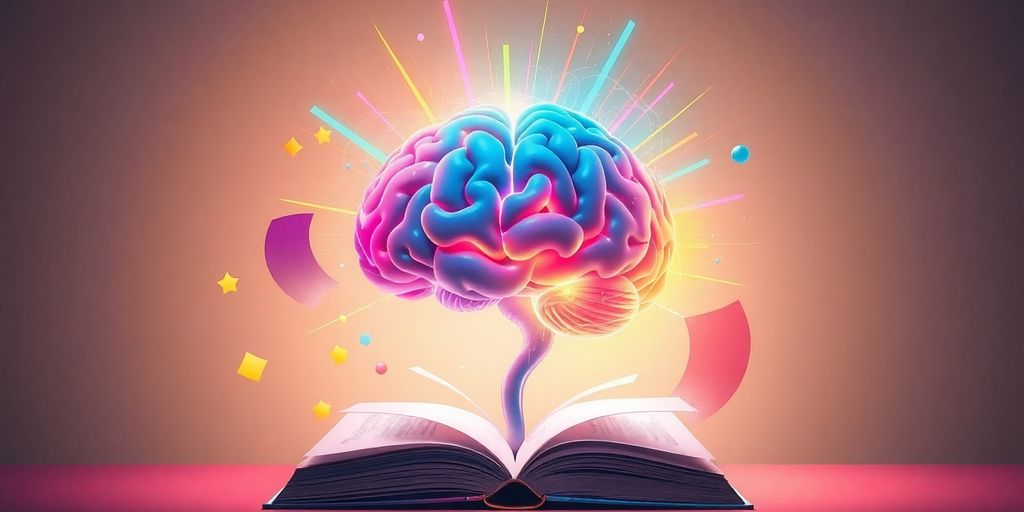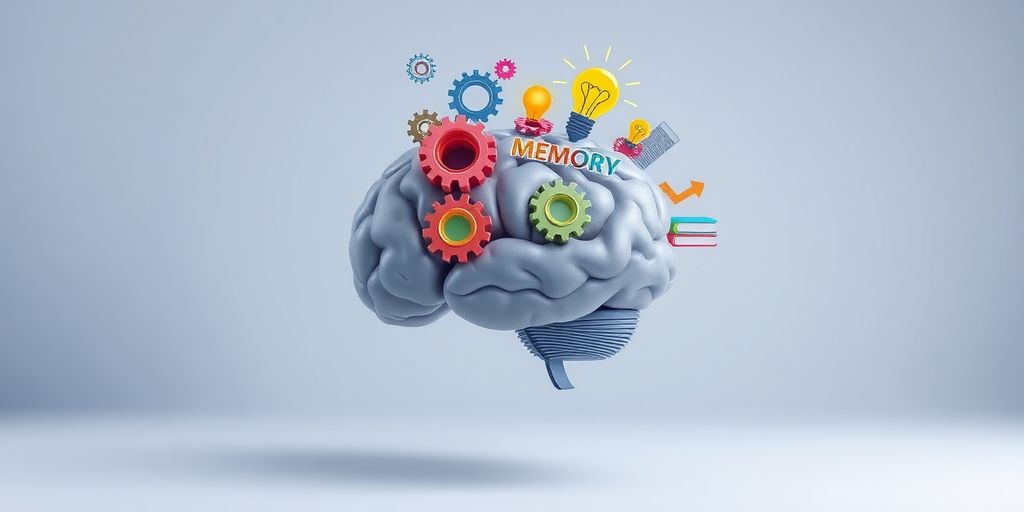Remembering what you read in nonfiction can be tough. With so much information, it’s easy to forget important details. However, there are simple strategies that can help you keep that information fresh in your mind. By using active reading techniques, engaging multiple senses, and practicing regular review, you can improve your retention and understanding of nonfiction material.
Key Takeaways
- Use active reading methods to engage with the material.
- Incorporate different senses to strengthen memory.
- Practice spaced repetition to reinforce learning over time.
- Take organized notes to help with recall later.
- Apply what you learn to real-life situations for better retention.
Understanding the Basics of Memory Retention
Memory is a fascinating process that helps us learn and grow. Understanding how memory works can significantly improve your ability to retain information. Let’s break it down into three main parts:
How Memory Works
Memory operates in three stages: acquisition, retention, and retrieval. In the acquisition phase, we connect new information to what we already know. During retention, we store this information, and in retrieval, we access it when needed. The more connections we make during acquisition, the easier it is to retrieve that information later.
Short-term vs Long-term Memory
Short-term memory holds information temporarily, while long-term memory stores it for extended periods. Think of short-term memory as a chalkboard that can be wiped clean, while long-term memory is like a library filled with books. To move information from short-term to long-term memory, we need to engage with it actively.
Factors Affecting Memory Retention
Several factors can influence how well we remember things:
- Attention: Focusing on the material helps encode it better.
- Repetition: Going over information multiple times strengthens memory.
- Emotional Connection: Information tied to emotions is often easier to remember.
- Multi-sensory Learning: Using different senses can enhance retention. For example, using a graphic like a chart can help you comprehend important information better. Organizing topics by color or using different colored pens or highlighters to code information can also be beneficial.
Engaging with material actively and making connections can lead to better retention and understanding.
By grasping these basics, you can start to develop strategies that will help you remember nonfiction material more effectively!
Active Reading Strategies
Active reading is all about engaging with the text to boost your understanding and retention. When you actively read, you’re not just skimming through the pages; you’re diving deep into the material! Here are some effective strategies to help you get the most out of your reading sessions:
Engage with the Text
- Highlight key points: Use a highlighter or underline important sentences. This helps you focus on what matters.
- Make notes in the margins: Jot down your thoughts or questions as you read. This creates a dialogue between you and the author.
- Ask yourself questions: What is the main idea? How does this connect to what I already know? This keeps your mind active.
Ask Questions While Reading
- What is the author’s purpose? Understanding why the author wrote the text can help you grasp the main ideas better.
- How does this information relate to my life? Making personal connections can enhance your memory.
- What are the key arguments? Identifying the main points can help you summarize the text later.
Summarize in Your Own Words
- After finishing a section, take a moment to summarize what you’ve read. This reinforces your understanding and helps you remember the material.
- Try explaining it to someone else: Teaching is a powerful way to solidify your knowledge.
Remember, active reading is a skill that takes practice. The more you engage with the text, the better you’ll remember it!
By using these strategies, you can transform your reading experience from passive to active, making it easier to retain the information you learn. Happy reading!
Using Multi-Sensory Learning Techniques

When it comes to learning, using multiple senses can make a big difference. Engaging different senses helps you remember better! Here are some techniques to try:
Visual Aids and Diagrams
- Visual aids like charts and diagrams can simplify complex ideas. They help you see connections and make learning more engaging.
- For example, drawing a mind map can help you organize your thoughts and visualize relationships between concepts.
Audio Resources
- Listening to podcasts or audiobooks can reinforce what you read. Hearing information in a different format can help it stick in your mind.
- Try summarizing what you hear to strengthen your understanding.
Interactive Models
- Using hands-on activities or models can make learning more fun. For instance, building a model or conducting an experiment allows you to experience concepts in a tangible way.
- This kinesthetic approach can be especially helpful for those who learn best by doing.
Engaging multiple senses not only makes learning enjoyable but also enhances memory retention.
By incorporating these multi-sensory techniques into your study routine, you can create a richer learning experience that helps you remember nonfiction material more effectively. Remember, the more senses you engage, the better you’ll retain information!
The Power of Spaced Repetition
What is Spaced Repetition?
Spaced repetition is a learning technique where you review information at increasing intervals. This method helps your brain retain information better over time. By revisiting material, you can prevent forgetting.
Benefits of Spaced Repetition
- Improved Memory Retention: Spacing out your study sessions helps reinforce memory, making it easier to recall information later.
- Long-Term Learning: This technique moves knowledge from short-term to long-term memory, ensuring it sticks around.
- Reduced Stress: Regular reviews can lessen the need for last-minute cramming, making studying feel less overwhelming.
How to Implement Spaced Repetition
- Create a Study Schedule: Plan your review sessions over days or weeks.
- Use Flashcards: Write down key points and review them at spaced intervals.
- Test Yourself: Regularly quiz yourself on the material to strengthen your recall.
Spaced repetition is like a workout for your brain; the more you practice, the stronger your memory becomes.
By using spaced repetition, you can enhance your learning experience and make the information stick!
Note-Taking Tips for Better Retention
Effective Note-Taking Methods
Taking notes is a great way to help you remember what you read. Here are some methods to consider:
- Summarize each chapter right after you finish it. This helps you think about what you just read.
- Use bullet points to jot down key ideas. This makes it easier to review later.
- Try different formats like mind maps or charts to see what works best for you.
Organizing Your Notes
Keeping your notes organized is key to finding them later. Here are some tips:
- Label your notes by book title or topic.
- Use folders or digital tools to keep everything in one place.
- Consider color-coding your notes to make important points stand out.
Reviewing and Revising Notes
Regularly going over your notes can help you remember better. Here’s how:
- Set aside time each week to review your notes.
- Try to explain the main ideas to someone else. Teaching is a great way to learn!
- Don’t be afraid to update your notes as you learn more. This keeps them fresh and relevant.
Remember, the more you engage with your notes, the better you’ll remember the information. Taking the time to write and review can make a big difference in how much you retain!
Applying the Feynman Technique
Explaining Concepts Simply
The Feynman Technique is a fun and effective way to remember what you’ve learned. It’s all about teaching someone else, or even just explaining it to yourself. When you simplify complex ideas, you make them easier to remember. Start by picking a concept you want to learn. Then, try to explain it as if you were talking to a child. This helps you see if you really understand it.
Identifying Knowledge Gaps
After explaining, you might find some parts are tricky. That’s okay! Go back to your notes or the book to fill in those gaps. This step is crucial because it helps you realize what you don’t know yet. You can even make a list of these gaps to revisit later.
Review and Simplify
Finally, review what you’ve learned and try to simplify it even more. This could mean using different words or examples. The goal is to make the information stick in your mind. The more you practice this technique, the better you’ll get at retaining information.
Teaching others is a powerful way to embed information in your mind. This is part of the Feynman technique.
By using the Feynman Technique, you not only remember better but also enjoy the learning process!
Building Consistent Study Habits
Setting a Study Schedule
Creating a study schedule is a great way to stay on track. Consistency is key! Here’s how to set one up:
- Choose specific days and times for studying.
- Stick to your schedule as much as possible.
- Make adjustments if needed, but try to keep it regular.
Creating a Productive Environment
Your study space matters! A good environment can help you focus better. Here are some tips:
- Find a quiet place with minimal distractions.
- Keep your study area organized and tidy.
- Make sure you have all the materials you need before you start.
Staying Motivated
Staying motivated can be tough, but it’s important. Here are some ideas to keep your spirits up:
- Set small, achievable goals.
- Reward yourself after completing tasks.
- Study with friends to make it more fun.
Remember, building good study habits takes time. Be patient with yourself and keep pushing forward!
By following these steps, you can create a solid foundation for your learning journey. Consistent habits will help you retain information better and make studying a more enjoyable experience!
Leveraging Technology for Learning
In today’s world, technology can be a game-changer for learning. Using the right tools can make studying more fun and effective! Here are some ways to leverage technology to boost your learning experience:
Educational Apps and Tools
- Flashcard Apps: These apps help you create digital flashcards that you can review anytime. They often use spaced repetition, which means you see the cards at intervals to help you remember better.
- Note-Taking Apps: Tools like Evernote or OneNote let you organize your notes neatly. You can add images, links, and even audio recordings to make your notes more engaging.
- Online Courses: Websites like Coursera or Khan Academy offer courses on various subjects. You can learn at your own pace and revisit lessons whenever you need.
Digital Flashcards
Using digital flashcards can enhance your memory retention. Here’s a quick look at how they work:
| Feature | Benefit |
|---|---|
| Multi-Sensory Inputs | Engages different senses for better recall |
| Scheduled Reviews | Helps combat the forgetting curve |
| Customizable Content | Tailors learning to your style |
Online Study Groups
Joining online study groups can be a great way to learn from others. You can share ideas, ask questions, and get different perspectives on the material. Plus, it’s a fun way to stay motivated!
Technology can make learning more interactive and enjoyable. Embrace it, and you’ll find that remembering what you learn becomes much easier!
The Role of Active Recall
What is Active Recall?
Active recall is a powerful technique that helps you remember information better. Instead of just reading or listening, you actively try to remember what you learned. This method makes your brain work harder, which is great for memory retention. Studies show that using active recall can significantly improve how much you remember.
Techniques for Active Recall
Here are some fun ways to practice active recall:
- Flashcards: Write questions on one side and answers on the other. Test yourself!
- Quizzes: Create or find quizzes on the material you’re studying.
- Summarization: After reading a chapter, close the book and write down everything you remember.
Benefits of Active Recall
Using active recall has many benefits:
- Improved Memory: It helps you remember information longer.
- Better Understanding: You grasp concepts more deeply.
- Confidence Boost: The more you practice, the more confident you become in your knowledge.
Active recall is like a workout for your brain. The more you practice, the stronger your memory gets!
In summary, incorporating active recall into your study routine can make a huge difference in how well you remember what you learn. So, don’t just read—engage with the material and watch your retention soar!
Connecting New Information with Existing Knowledge
Making Connections
Connecting new information to what you already know is a powerful way to enhance your memory. When you relate new ideas to familiar concepts, you create stronger mental links. This makes it easier to recall the information later. For example, if you learn about a new scientific principle, think about how it relates to something you’ve studied before.
Integrating New Ideas
Integrating new ideas into your existing knowledge can be done through various methods:
- Summarizing: Write a brief summary of what you’ve learned and how it connects to your previous knowledge.
- Mind Mapping: Create a visual representation of the connections between new and old information.
- Discussion: Talk about the new information with friends or study groups to reinforce your understanding.
Enhancing Understanding
When you connect new information with what you already know, you deepen your understanding. This can lead to better retention and application of knowledge. Here’s a simple table to illustrate this:
| New Information | Existing Knowledge | Connection Made |
|---|---|---|
| Photosynthesis | Plant Growth | How plants use sunlight to grow |
| Newton’s Laws | Motion | Understanding how forces affect movement |
Remember, the more connections you make, the easier it will be to recall information later. Learning is a journey, and every connection counts!
The Importance of Reflection and Application
Reflecting on What You’ve Learned
Reflection is a powerful tool for learning. It turns reading from a one-way street into a conversation that leads to personal growth. When you take the time to think about what you’ve read, you create important memory cues. This helps you remember the material better! Here are some questions to consider:
- How does this relate to my life?
- In which situation will I use this knowledge?
- How does it connect to what I already know?
Applying Knowledge in Real Life
So, you’ve finished a book. Now what? Don’t just walk away with a vague sense of “I should do what that author says.” Instead, make a plan! Think about how you can apply the lessons from the book to your life. For example, if you learned about a new method in a business book, try it out in your own work. This immediate application reinforces your learning and adds context.
Continuous Improvement
Remember, learning doesn’t stop after you close the book. Keep revisiting the material and testing yourself on what you remember. This process not only strengthens your memory but also helps you identify areas where you might need more practice.
"Knowledge trapped in books neatly stacked is meaningless and powerless until applied for the betterment of life."
By reflecting and applying what you learn, you can turn knowledge into action and truly enhance your understanding!
Wrapping It Up: Your Path to Better Retention
In conclusion, remembering what you read in nonfiction doesn’t have to be a struggle. By using simple techniques like revisiting material, engaging with different senses, and breaking down information into smaller parts, you can make learning easier and more enjoyable. Don’t forget to actively participate in your reading—ask questions, take notes, and even teach what you’ve learned to someone else. With a little practice and the right tools, like the Savant app, you can boost your memory and truly absorb the knowledge you gain. So, dive into your next nonfiction book with confidence, and watch how much more you remember!
Frequently Asked Questions
What are some basic ways to improve memory retention?
To boost memory, start by understanding how your brain works. Use techniques like summarizing, asking questions, and connecting new info to what you already know.
How can I read actively?
Active reading means engaging with the text. You can do this by asking questions, taking notes, and summarizing what you read in your own words.
What are multi-sensory learning techniques?
Multi-sensory learning uses different senses to help you learn. This can include using pictures, sounds, and hands-on activities to understand concepts better.
What is spaced repetition?
Spaced repetition is studying the same material over time instead of cramming. This method helps you remember information longer.
How should I take notes for better retention?
Effective note-taking involves writing down key points, organizing your notes clearly, and reviewing them regularly to reinforce your memory.
What is the Feynman Technique?
The Feynman Technique is a method where you explain a concept in simple terms. This helps you understand it better and identify areas where you need more clarity.
How can I build consistent study habits?
To create good study habits, set a regular study schedule, find a place where you can focus, and stay motivated by setting goals.
How can technology help with learning?
Technology can enhance learning through educational apps, digital flashcards, and online study groups that make studying more interactive and effective.
